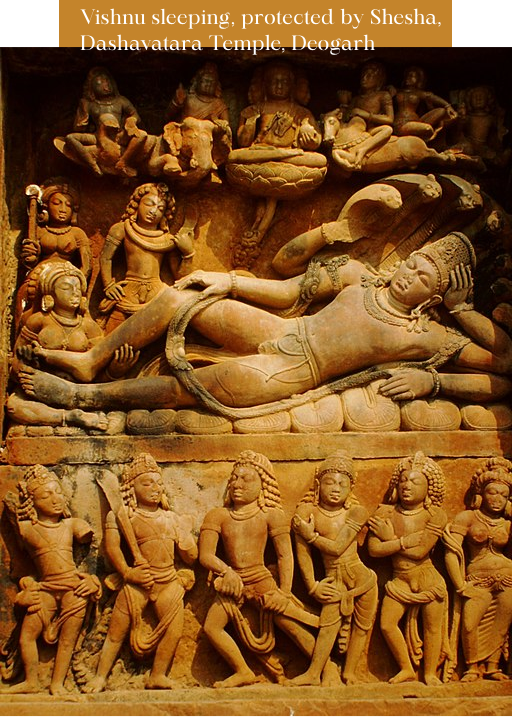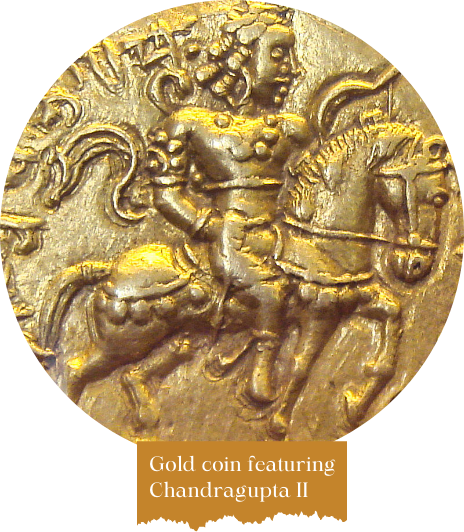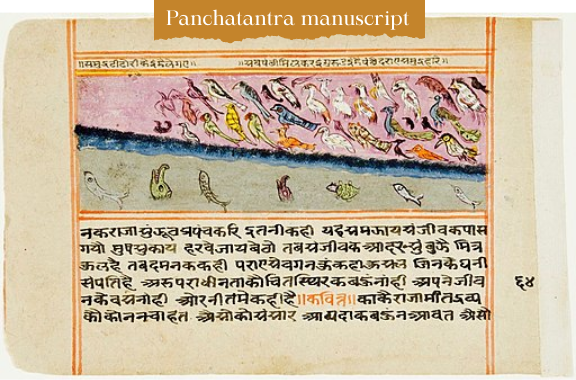Content
[7] Ashvini Agrawal, Rise and Fall of the Imperial Guptas, Motilal Banarsidass Publisher Ltd.,
1989, p. 103.
[8] R. C. Majumdar (ed.), A Comprehensive History of India. Vol. 3, Part I: A.D. 300–985,
People’s Publishing House, 1981, pp. 18-20.
[9] V. R. R. Dikshitar, The Gupta Polity, Motilal Banarsidass Publisher Private Ltd., Delhi,
1993, pp. 110-111.
[10] A. K. Warder, Indian Kavya Literature, Motilal Banarsidass, Varanasi, 1989, p. 261.
[11] Dilip Kumar Ganguly, Aspects of Ancient Indian Administration, Abhinav Publication, New
Delhi, 1958, pp. 17-18.
[12] Ramesh Chandra Majumdar and Anant Sadashiv Altekar (eds.), The Vakataka-Gupta Age (Circa
200-550 A.D.), Motilal Banarsi Dass Publisher & Booksellers, Banaras, 1954, pp. 248-251.
[13] Ibid
[14] Dilip Kumar Ganguly, Aspects of Ancient Indian Administration, Abhinav Publication, New
Delhi, 1958, p. 19.
[15] Ramesh Chandra Majumdar and Anant Sadashiv Altekar (eds.), The Vakataka-Gupta Age (Circa
200-550 A.D.), Motilal Banarsi Dass Publisher & Booksellers, Banaras, 1954, pp. 244-255.
[16] Tej Ram Sharma, A Political History of the Imperial Guptas: From Gupta to Skandagupta,
Concept Publishing House, New Delhi, 1989, p. 73.
[17] K. L. Khurana, Ancient India, Lakshmi Narain Agrawal, Agra, 2008, p. 251
[18] K. P. Jayaswal, Hindu Polity: A Constitutional History of India in Hindu Times, Butterworth
and Co., Calcutta, 1924, pp. 163-164.
[19] Hemchanndra Raychaudhuri, Political history of Ancient India from the accession of
Parikshit to the extinction of the Gupta dynasty, University of Calcutta, 1923, p. 279.
[20] The Vakataka-gupta Age Ed. 1st by Majumdar, Ramesh Chandra Edm pp. 247-252.
[21] Dilip Kumar Ganguly, Aspects of Ancient Indian Administration, Abhinav Publication, New
Delhi, 1958, p. 161.
[22] Dilip Kumar Ganguly, Aspects of Ancient Indian Administration, Abhinav Publication, New
Delhi, 1958, pp. 161-162.
[23] Hindu Administrative Institutions by Dikshitar, V.r. Ramachandra, p. 145.
[24] Ramesh Chandra Majumdar and Anant Sadashiv Altekar (eds.), The Vakataka-Gupta Age (Circa
200-550 A.D.), Motilal Banarsi Dass Publisher & Booksellers, Banaras, 1954, pp. 253-254.
[25] A.L. Basham, The Wonder that was India, Picador, 2004, p. 101
[26] Ramesh Chandra Majumdar and Anant Sadashiv Altekar (eds.), The Vakataka-Gupta Age (Circa
200-550 A.D.), Motilal Banarsi Dass Publisher & Booksellers, Banaras, 1954, pp. 254-288.
Raghunath Rai, A History of Gupta Age, Lajpat & Company, Amritsar, 1965, pp. 199-200
[27] Radhakumud Mookerji, The Gupta Empire, Hind Kitabs Ltd., Bombay, p. 154.
[28] Beni Prasad, The State in Ancient India, The Indian Press Ltd., Allahabad, 1928, pp.
298-299.
[29] Radhakumud Mookerji, The Gupta Empire, Hind Kitabs Ltd., Bombay, p. 157.
[30] Makhan Lal, History Textbook for XI, National Council of Educational Research and Training,
2002, pp. 189-190.
[31] Ramesh Chandra Majumdar and Anant Sadashiv Altekar (eds.), The Vakataka-Gupta Age (Circa
200-550 A.D.), Motilal Banarsi Dass Publisher & Booksellers, Banaras, 1954, pp. 262-263.
[32] Radhakumud Mookerji, The Gupta Empire, Hind Kitabs Ltd., Bombay, p. 158.
[33] Ramesh Chandra Majumdar and Anant Sadashiv Altekar (eds.), The Vakataka-Gupta Age (Circa
200-550 A.D.), Motilal Banarsi Dass Publisher & Booksellers, Banaras, 1954, pp. 266-267.
[34] Dilip Kumar Ganguly, Aspects of Ancient Indian Administration, Abhinav Publication, New
Delhi, 1958, pp. 310-311.
[35] Priya Darshani , “Corporate Sustainability During The Gupta Period: A Conceptual Analysis,”
Proceedings of the Indian History Congress, Vol. 68, 2007, pp. 116-126
[36] Radhakumud Mookerji, The Gupta Empire, Hind Kitabs Ltd., Bombay, pp. 153-154.
[37] Hemchanndra Raychaudhuri, Political history of Ancient India from the accession of
Parikshit to the extinction of the Gupta dynasty, University of Calcutta, 1923, p. 287.
[38] Ramesh Chandra Majumdar and Anant Sadashiv Altekar (eds.), The Vakataka-Gupta Age (Circa
200-550 A.D.), Motilal Banarsi Dass Publisher & Booksellers, Banaras, 1954, pp. 268-269.
[39] Ibid, p. 268.
[40] Radhakumud Mookerji, The Gupta Empire, Hind Kitabs Ltd., Bombay, p. 159.
Pictures
CArnoldBetten, Public domain, via Wikimedia Commons
I, PHGCOM, CC BY-SA 3.0
Artist/maker unknown, India (18th century), Public domain, via Wikimedia Commons
byron aihara, CC BY-SA 2.0








